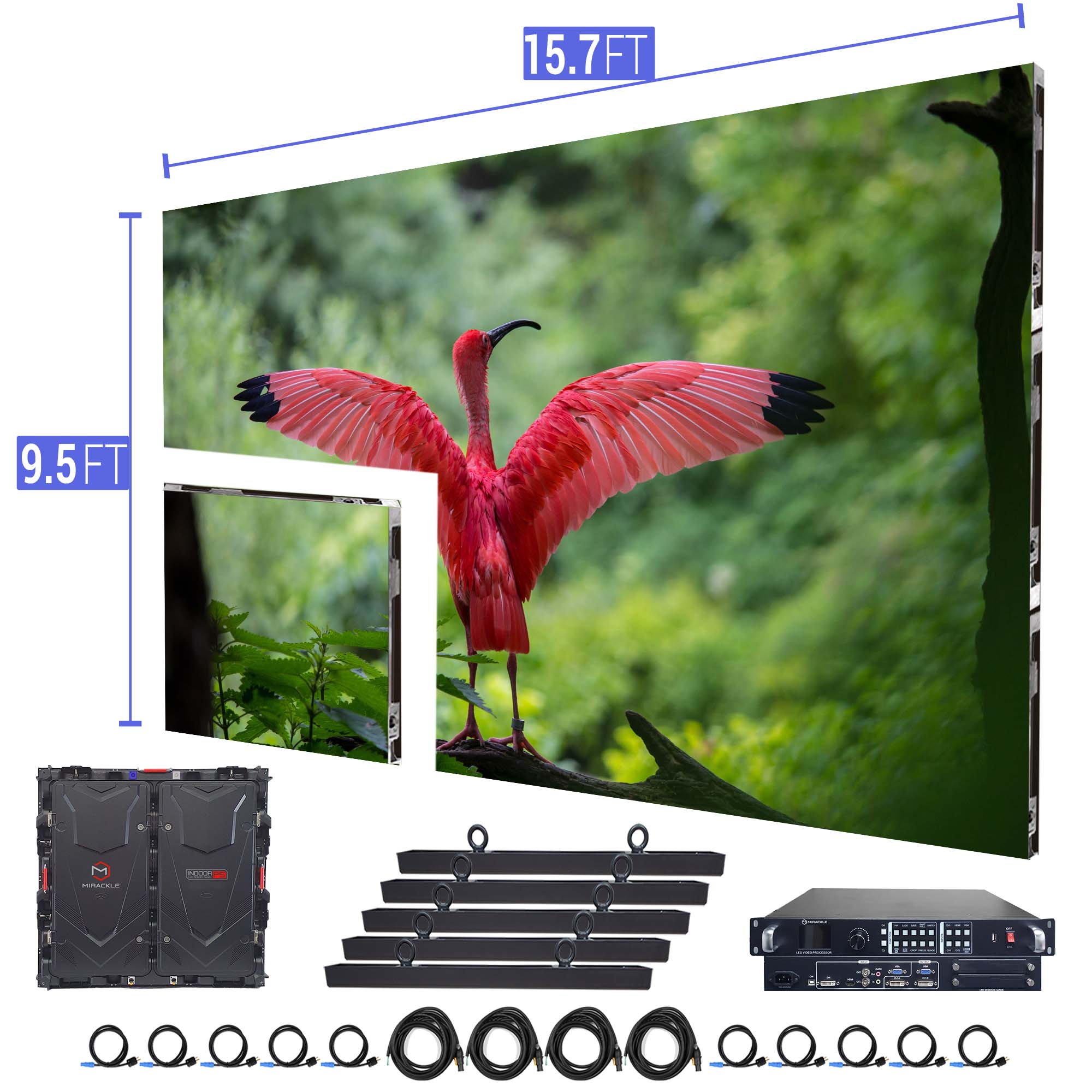When discussing resolution, it is essential to consider pixel pitch, which is the distance between the center of one pixel to the center of the next pixel. A smaller pixel pitch results in a higher image clarity, enabling additional clarity in the visuals shown. For instance, an LED screen with a picture pitch of 1.5mm will provide a clearer image than one with a picture spacing of 3mm. This is especially crucial in settings where audiences are near to the display, such as in a compact location or a trade show booth. In these situations, a higher image clarity led wall rental for sporting events can greatly improve the observing experience.
Another factor of image clarity is its effect on hue accuracy and brightness. LED walls with higher resolutions often have superior hue rendering, indicating that the colors displayed are more vibrant and true to life. This is crucial for applications like advertising, where the objective is to capture interest and convey a message effectively. Additionally, higher resolution screens can preserve luminosity levels even when viewed from different perspectives. This is crucial in large venues where viewers may be positioned at different distances and angles from the display.

The performance of LED walls is also influenced by image clarity in terms of refresh rates and response times. A higher resolution display can handle faster refresh rates, which is essential for dynamic content such as videos and animations. This means that the images on the screen will appear smoother and more fluid, enhancing the overall viewing experience. In contrast, lower resolution screens may have difficulty with dynamic content, leading to blurriness or lag. Therefore, for events that rely on high-energy visuals, choosing a display with a suitable image clarity is vital.
In summary, image clarity plays a crucial role in defining the functionality and image quality of LED screens. Factors such as pixel pitch, color accuracy, brightness, update frequencies, and reaction durations all affect how effectively a display can convey information and engage audiences. As technology continues to progress, grasping these factors will assist users select the right LED wall for their particular requirements, guaranteeing that they obtain the best possible results in their displays and occasions.